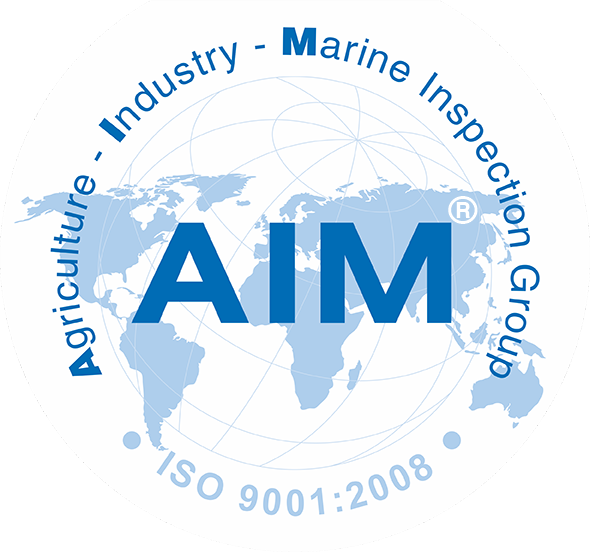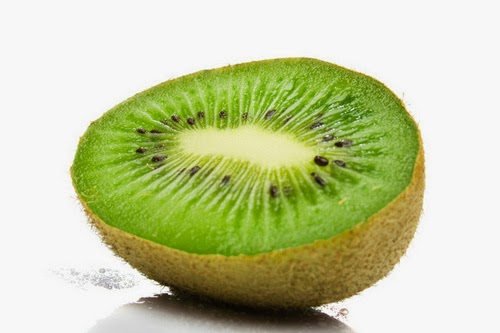Kiwi Fruit Quality Control Inspection Certification
Kiwi Fruit Quality Control Inspection Certification
All produce that we do Kiwi Fruit quality control inspection certification and testing process and certification to ensure that it meets our high quality specifications.
Inspection and testing of kiwi fruit covers areas such as
- Appearance
- Physical defects
- Maturity level
- Firmness
- Fruit Sugar Content
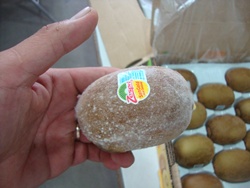
Namely
- Fruit Colour.
- Size.
- Fruit Maturity (over-ripe or under-ripe).
- Visible mould or rots.
- Serious bruising or cuts.
- Presence of foreign material.
- Percentage of rejects.
- Firmness testing and measurement
- Pest monitoring
- Ethylene testing
- Microbiological testing
- Cool storage
- The number of days to reach destination
- Packing & label
- Kiwi Fruit Pallet
-
Grower (KPIN)
-
Pallet Number
-
Count size
-
Fruit Temperature °C
-
- Quality Assessment
-
Number of fruit sampled
-
Number of Softs
-
Number of Rots
-
Number of Overripes
-
Other
-
Skin Disorders
-
Storage Breakdown Disorder
-
· 
- Soft Fruit Firmness
-
One firmness reading per fruit - only measure fruit that are assessed as soft or overripe
-
To inspect fruits for faults, for example, they should check
- Sorting and peeling is properly done and no peel or rotten fruit passes into the process.
- All leaves, insects and other wastes are removed during washing and sorting.
- There are few delays during processing.
There are a number of specific problems with fruits that are not found to the same extent with other foods:
- With a few exceptions fruits ripen during a short harvest season and this means that processors must buy sufficient raw materials for one year in a short space of time. The pressures are therefore high to collect and process a large amount of fruit quickly. The large expense involved in purchasing all raw materials in a short period can also cause difficulties with the business cash-flow.
- Fruits must be harvested at the correct stage of maturity to give the best flavour and colour in the finished products.
- Fruits ripen quickly in tropical climates and they soften when ripe. This increases the risk of bruising and splitting if they are not handled correctly.
- Damage to fruits through poor handling allows moulds and yeasts to grow rapidly in the damaged areas and this dramatically accelerates spoilage rates.
- Damage to a few fruits can quickly lead to infection of others and the loss of a whole batch may result. It is estimated that poor handling after harvest results in the loss of % of some types of fruit.
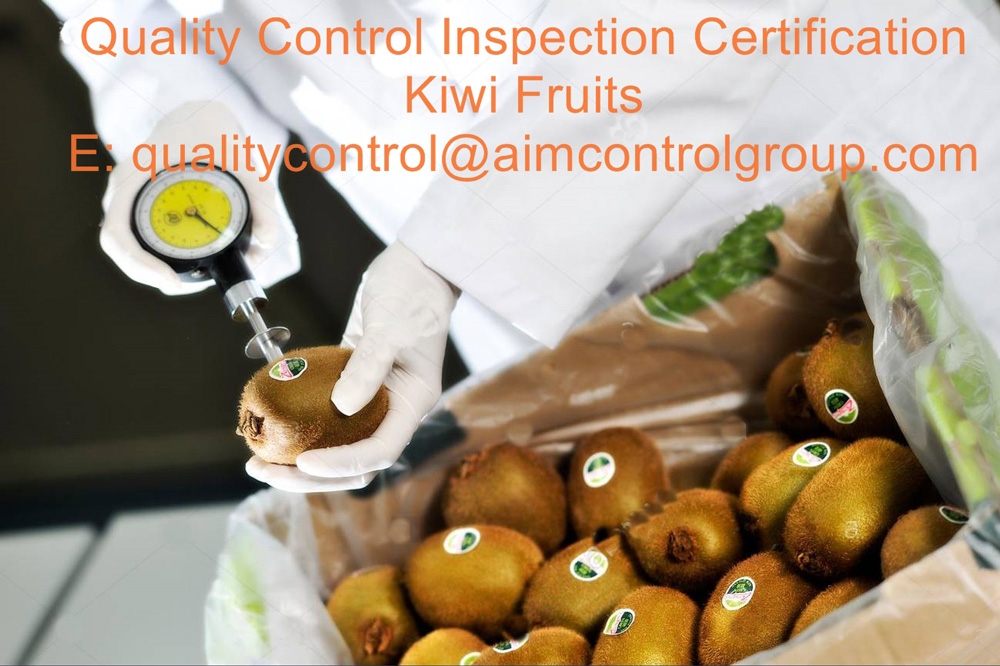
A further problem facing manufacturers in many developing countries is the large number of different varieties of a particular fruit. It is common for example to see one or both different varieties of but not all varieties are suitable for processing and many have very different tastes. For a processor to be able to make a uniform product, there must be either control over the variety of fruit that is used, or a standard system of blending raw materials to give a consistent product.
Buying fruit from markets
Many small scale producers buy fruits from local markets, particularly when they first start a business. Because fruits are often seen as a low-value food, they are handled without care by farmers and traders. They may be piled into heaps on the ground and then thrown into trucks for transportation, without protective crates or boxes.
The system of payment and distribution of fruits frequently causes problems of poor quality and high levels of spoilage losses. In some countries, traders or 'middlemen' tour a farming area and buy all of the fruit that a farmer produces, regardless of its condition. They then transport the fruits to central markets where it is sorted into different quality grades. Higher quality goes to more expensive retail markets and lower quality to cheaper markets.
Similarly, the farmers have little control over the treatment of their crops by traders and because the traders are willing to buy all of the crop and often offer informal credit and loans to farmers, the farmers may become indebted and are unable or unwilling to change the system by which they sell their crops.
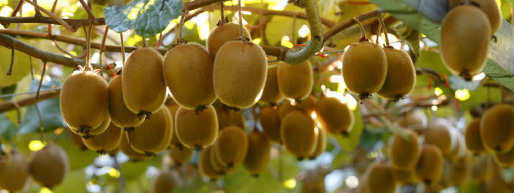
Good practice in harvesting and transporting fruits
Fruits are usually harvested by cutting them from the tree or plant, by hand picking or by mechanical systems in large plantations. It is important to leave the stem of the fruit in place and not to pull it out when harvesting. This reduces the risk of moulds and yeasts infecting the fruit through the open hole. Where it is not possible to hand pick fruit (for example from tall trees) a net or cloth should be stretched below the tree to catch the fruit as it is shaken down and prevent it being damaged by hitting the ground.
Some fruits such as wood-apple and orange have a strong outer skin which resists puncturing, but most have a thinner skin that is easily damaged by poor handling, especially when fruits are ripe and soft. The following suggestions can result in improved fruit quality:
- People handling fruits should be encouraged to cut their fingernails to prevent them puncturing the fruits.
- Fruits should be carried and not thrown. They should be placed into boxes or crates when being moved and not dragged along the ground in sacks.
- They should be stored in crates while awaiting transport and not heaped into piles.
- Boxes or crates should not be over-filled as this increases the risk of fruit falling out when they are moved and also crushes the fruit if boxes are stacked.
- If possible fruits should be washed in cool water immediately after harvest to remove some of the 'field heat'. Where this is not possible the fruits should be stored in a cool place away from sunlight while awaiting transport. If a store is not available a good alternative is to cover the crates of fruit with wet sacking or cloth.
- Fruits should be packed into stackable boxes to reduce damage from crushing and bruising during transport. The manufacture of such boxes can also form an important rural industry.
- Any obviously infected or damaged fruit should be removed as it would rapidly cause spoilage of surrounding fruit during transport to the processing unit.
Main quality assurance factors for herb and spice processing
Hazard
-
Non permitted pesticides/ herbicides
-
High levels of permitted pesticides/herbicides.
-
Infestation
-
Foreign matter
-
Poor microbiological quality.
-
Mould growth after packaging.
Risk
-
Very high, sale may be impossible. Liaison with growers.
-
Very high. Liaison with growers.
-
High, fumigation may be required.
-
Medium. Can be removed. Sorting.
-
Medium. Improve harvesting, handling and washing.
-
High. Dry to correct moisture content. Improve packaging materials.
The processing of herbs and spices usually involves most of the following stages
- Washing
- Grading and cleaning
- Drying
- Grinding
- Packaging
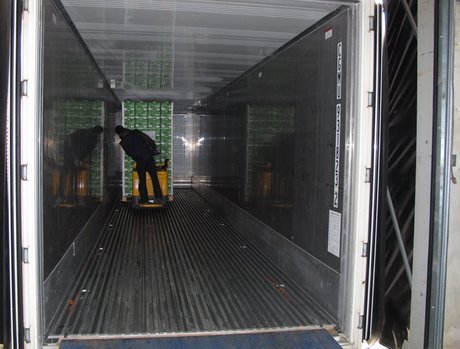
EX: Method 1 of 2: Ripening Kiwi Fruit while buying in market to useful
Choose unblemished kiwi fruit. Look for a kiwi that doesn't have any dark spots or tears in the skin. Feel the kiwi and choose one that's firm to the touch.
- Most kiwi fruit varieties that you find in the grocery store ripen perfectly fine off the vine.
- If you're growing your own kiwi and want to know how to ripen them, check into the variety you have to determine whether you should leave your fruit on the vine til it's ripe or harvest it while it's hard.
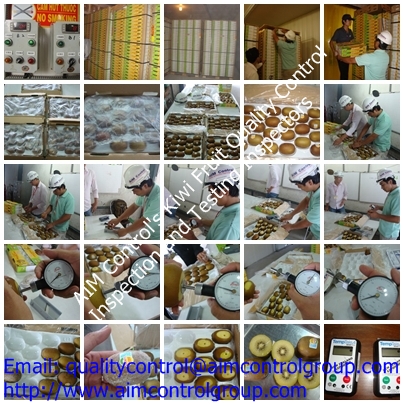
Check the seeds. If you have a lot of fruit to spare, cut one open and look at the seeds. A kiwi won't ripen if its seeds are still green or yellow - they must be black. Black seeds indicate the kiwi has enough sugar to ripen properly.
Put the kiwi fruit in the refrigerator until you're ready to ripen them. Hard kiwis will last in the refrigerator for at least 4 months. Store kiwis alone so they don't come into contact with fruits that make ethylene, the gas that causes fruit to ripen.
Set out the kiwis you want to ripen at room temperature. Place them in a bowl on your countertop and simply wait a few days. The fruit will ripen in 3 to 5 days if stored at room temperature.
Don't put the kiwis in direct sunlight. This could cause them to become discolored or rot too quickly.
Speed up ripening by exposing the kiwifruit to ethylene. Set the kiwifruit next to an apple, banana, or pear. This exposes the kiwis to ethylene produced by the other fruits. Keep the ripening kiwis out of sunlight and away from heat sources.
To make the kiwi fruit ripen even faster, put it in a paper bag or a vented plastic bag along with an apple, banana, or pear. Store the bag at room temperature for 1 or 2 days.
Test the kiwifruit for ripeness by pressing with your thumb. The fruit is ripe if it yields to slight pressure. A kiwi that's ready to eat is plump and fragrant
Eat the ripe kiwis quickly. Make sure to eat them when they're at their peak - otherwise they'll start to rot.
Keep ripened kiwi fruit in the refrigerator for as long as 7 days. You can extend the storage time for another week if you refrigerate them in a plastic bag. The bag lessens dehydration and prolongs freshness.
Freeze whole kiwi fruit. Simply place whole kiwis in a freezer-safe container and store them in the freezer for several months.
Freeze sliced kiwi fruit. Kiwi slices make great garnishes or additions to smoothies and other healthy treats. If you have extra kiwis on hand, you can slice them up and freeze them.
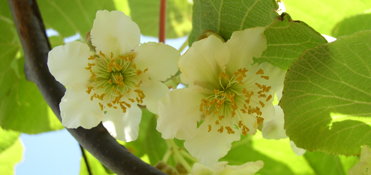
What is AIM Control (AIM Group®) quality control? AIM Control (AIM Group®) quality control is NOT ONLY consists of developing, designing, producing, marketing , and servicing and services with optimum cost-effectiveness and usefulness, which customers will purchase with satisfaction BUT ALSO verification, testing, inspection, measurement, analysis, AQL, certification ect.
Other activity :
- Quality inspector
- Face Mask Quality Control Inspection
- Fish fillet quality control inspection services
- Timber Wood quality inspection
- Crude and refined oil cargo test and inspection
- Boat Yacht quality inspection and discharging loading survey
- Consumer Goods quality assured inspection
- Zinc Oxide quality inspection and loading discharging supervision
- Freight Inspection of transport goods
- Product quality inspection

